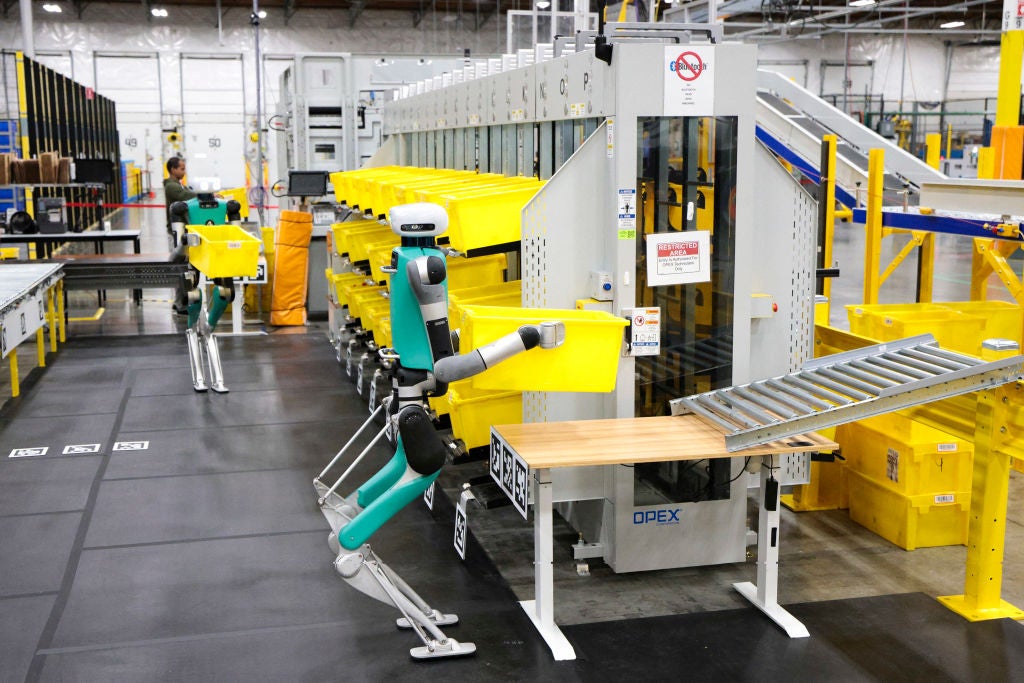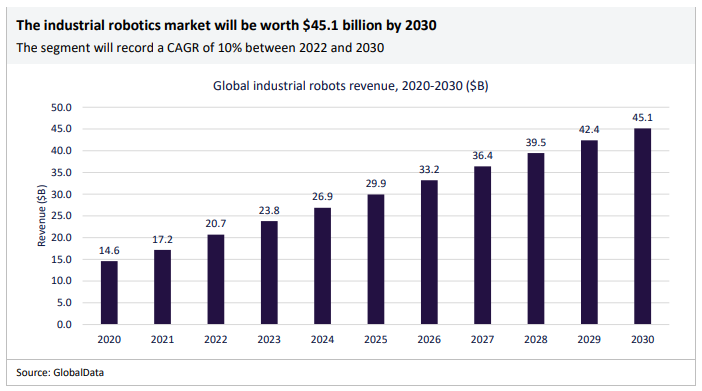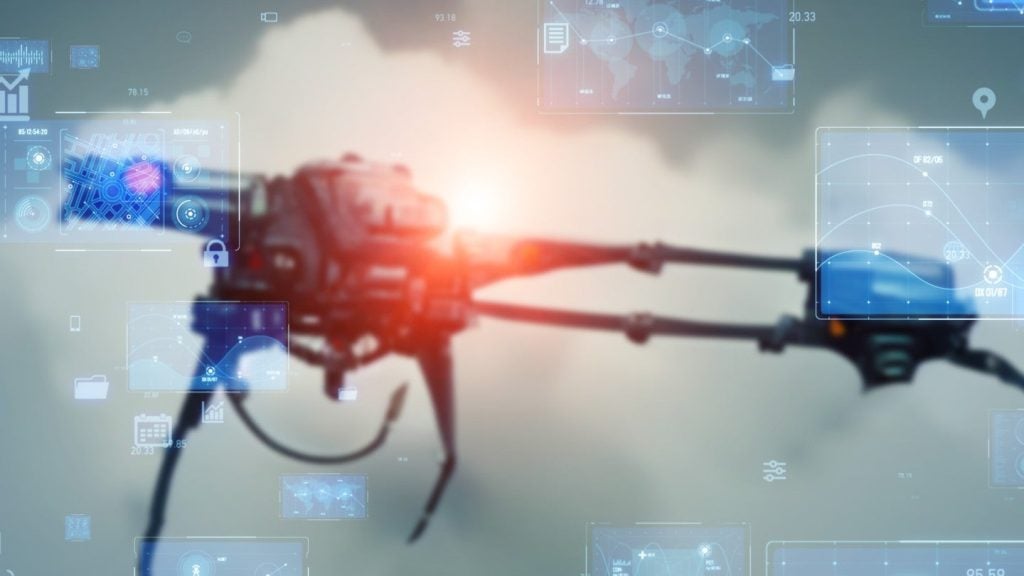
Amazon has announced it will be leading a research project into how robotics and AI will impact the future of jobs, shortly after unveiling a plethora of new robots to work in its warehouses.
The e-commerce giant, which has over 750,000 robots working in its operations, is teaming up with MIT and the Ipos research firm to see how the public feels about the rise of robots in the workplace.
Amazon’s research announcement comes at the same time as its unveiling of two new service robots, Sequoia and Digit.
Sequoia is the more traditional looking of the two, assisting human workers to sort and pack itineraries within the warehouse.
Digit, a 175cm “mobie manipulator solution,” is able to walk around and interact with things like a human would.
Amazon has long argued that the introduction of robotics into the workplace will not affect human jobs. The company argues that robots like Digit will merely release some of the burden of heavy labour from humans.
How well do you really know your competitors?
Access the most comprehensive Company Profiles on the market, powered by GlobalData. Save hours of research. Gain competitive edge.

Thank you!
Your download email will arrive shortly
Not ready to buy yet? Download a free sample
We are confident about the unique quality of our Company Profiles. However, we want you to make the most beneficial decision for your business, so we offer a free sample that you can download by submitting the below form
By GlobalData“We have more than 750,000 mobile robots in our operations and thousands of other robotic systems that help move, sort, identify and package customer orders,” Amazon robotics’ chief technologist Tye Brady said.
Adding: “It’s taken us more than 10 years to reach this scale. During that time, Amazon has hired hundreds of thousands of employees to work in our operations.”
Brady said that all of its robots are prioritised to “support safety and ease everyday tasks for our employees”.
The research conducted by Amazon, MIT and Ipos will be used in future robotic developments, including the insight gained from how humans interact with robots.
“Our research shows that the best way to optimize human-robot team performance is to develop robots that are active collaborators in helping a human to learn about their capabilities, limitations and behaviors,” MIT’s Julie Shah said.
Despite Amazon leading the charge in industrial robotics, other companies are continuing to follow suit. Tesla, for example, has a system named Optimus which Musk says will be able to carry out logistical work in the future.
“As full self-driving gets closer to generalized world AI, that same software is transferrable to a humanoid robot, just like you know humans can walk around with their arms and legs but we can drive a car, fly a plane, steer a boat, ride a horse,” Elon Musk said during his Tesla Bot last year.

The news comes as the robotics industry continues to grow at a rapid ratre, propelled by major corportations like Amazon and Tesla.
According to GlobalData‘s Thematic Intelligence 2023 Robotics report, the global robotics market was worth $63bn in 2022, and by 2030, it will have grown at a compound annual growth rate (CAGR) of 17% to $218bn.
Sales of industrial robots hit $20.7bn in 2022 equivalent to 33% of the total robotics market. By 2030, this segment will be worth $45.1bn, having grown at a CAGR of 10% between 2022 and 2030, according to GlobalData.




